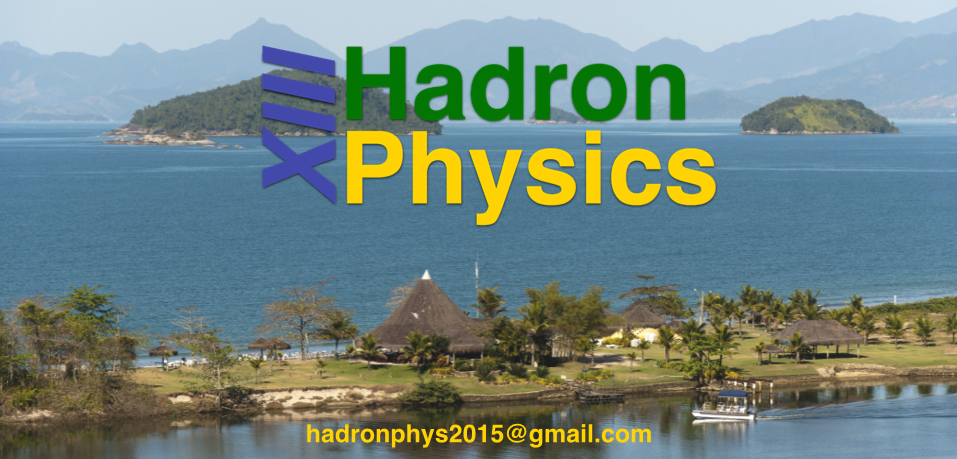Speaker
Ms
Dyana Duarte
(UFSM)
Description
The motivation to study the phase structure of quantum chromodynamics (QCD) is related to investigations of the relativistic heavy ion collisions, compact stars and the early universe. Motivated by the fact that strong magnetic fields may be produced in noncentral heavy-ion collisions, investigations of the effects produced by a magnetic field in the phase diagram of strongly interacting matter became a subject of great interest in recent years. Since perturbation theory of QCD only can be applied in asymptotic regimes of temperatures and densities, and the study on the phase transitions at moderate temperatures and densities cannot be implemented on lattice QCD ($N_c=3$) calculations, due to the fermion sign problem, many low energy effective models, such as chiral perturbation theory, linear sigma model and others are used to study the phase structure of strongly interacting matter. It is generally expected that there would exist a crossover from Bose-Einstein condensation (BEC) to Bardeen-Cooper-Shriffer condensation (BCS) for diquarks at finite baryon density. In this work we review the investigations of the BEC-BCS crossover in cold QCD at finite baryon chemical potential using the $SU(2)$ version of the Nambu-Jona-Lasinio model for $N_c=2$ and $N_c=3$ in mean field approximation, and we study in details the effect of the external magnetic field on the crossover.
We hope that our results will explain the real role developed by the magnetic field in the crossover BEC-BCS.
Primary author
Ms
Dyana Duarte
(UFSM)




